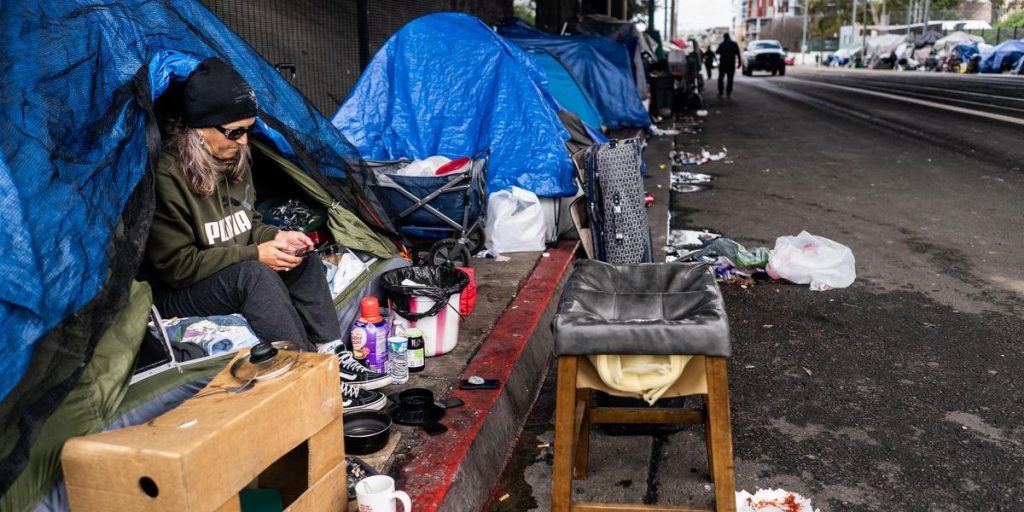Homelessness is a serious and complex social issue that affects millions of people in the United States and around the world. While homelessness can occur anywhere and for a variety of causes, some cities and states have higher rates and populations of homeless people.
For example, New York City, the nation’s most populated and diversified city, has the highest number of homeless people in both the state of New York and the country.
This article will investigate the causes, consequences, and potential solutions for homelessness in New York City, comparing it to other locations and the national average.
New York City has the most homeless people
New York metropolis, the most populous metropolis in the United States, has the highest proportion of homeless people in both the state of New York and the country.
According to the most recent projection from the United States Department of Housing and Urban Development, the homeless population in New York State will reach 91,271 in 2022, with New York City accounting for 74,178 of that total.
This means that New York City accounts for 81.3% of the state’s homeless population and 12.7% of the national homeless population.

Notably, the homeless rate in New York City exceeds the national average. In 2022, there were 37.7 homeless persons per 10,000 citizens in New York State, with an even greater ratio of 85.4 homeless people per 10,000 residents in New York City. In comparison, the national homeless rate was 17.9 per 10,000 inhabitants.
The vast majority of homeless people in New York City have access to shelters, emergency housing, transitional programs, or safe havens. In 2022, 92.8% of the city’s homeless population was sheltered, a substantial improvement from 11.5% in 2020.
However, obstacles remain in the city’s shelter system, such as overpopulation, privacy concerns, safety concerns, and inadequate facilities. Some homeless people choose to live on the streets, in subway stations, in parks, or in abandoned buildings.
Certain homeless people are migrants who come to the city for work or asylum but are unable to find inexpensive accommodation or legal status, leaving them more vulnerable to health risks, assault, and harassment.
Causes of Homelessness
Homelessness in New York City is mostly caused by a lack of affordable housing, unemployment, poverty, and poor earnings, all of which are common across the country.
However, the city’s distinctive characteristics, such as a high cost of living, limited public housing availability, insufficient rent subsidies, and neighborhood gentrification, all add to the problem. Mental illness, substance misuse, domestic violence, and other personal issues all impede access to and upkeep of housing.
To address the homelessness epidemic, New York City has developed a number of policies and services. These include increasing shelter capacity, establishing permanent supportive housing, offering rental help, reducing evictions, and working with other agencies and groups.
To combat homelessness, the city has received federal assistance as well as state and business sector support. However, the COVID-19 epidemic has presented new obstacles and uncertainty to the homeless population, care providers, and the broader public.
Conclusion
Homelessness is a pressing issue in New York City, with the city hosting the highest number of homeless individuals in both the state and the nation. Factors include a lack of affordable housing, unemployment, and unique challenges such as high living costs. Despite efforts, challenges persist within the city’s shelter system, prompting the need for ongoing solutions.